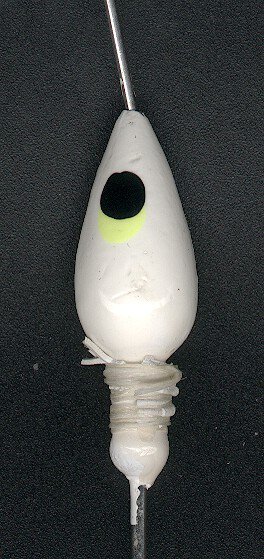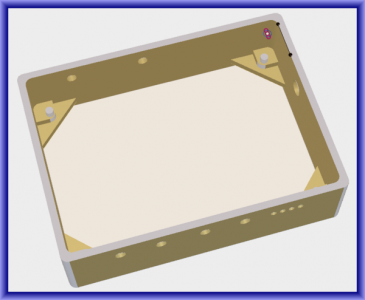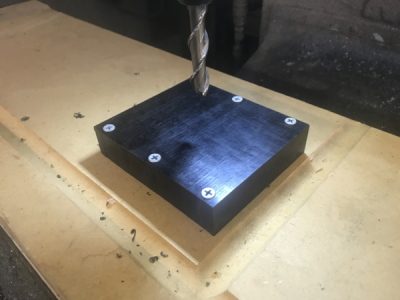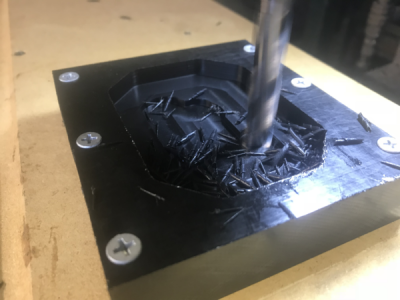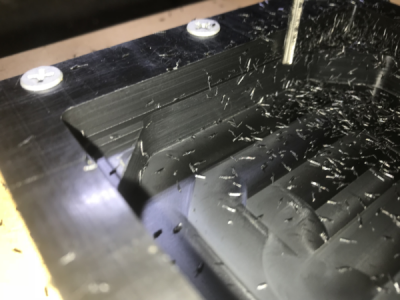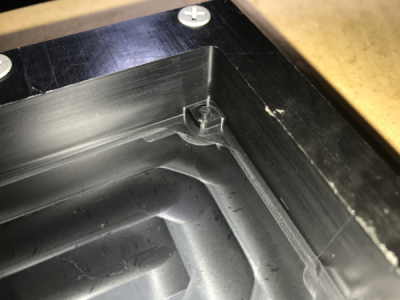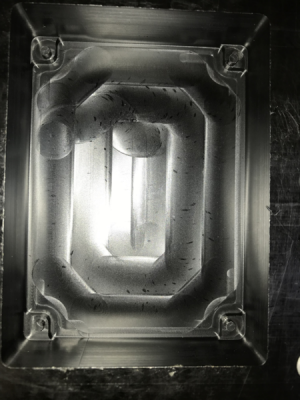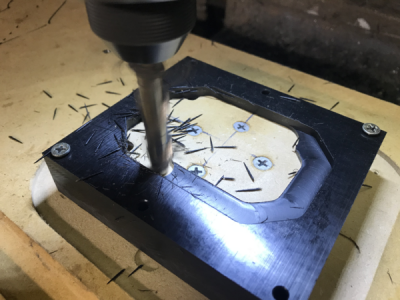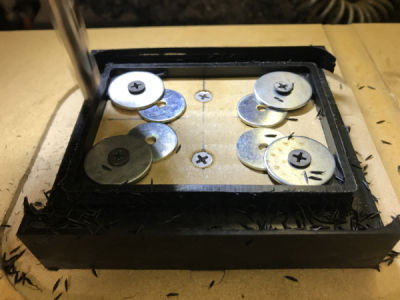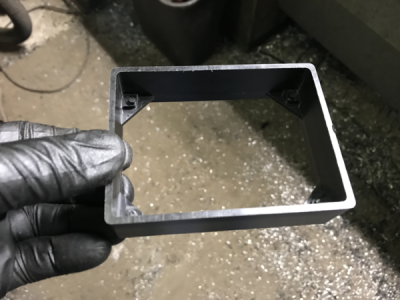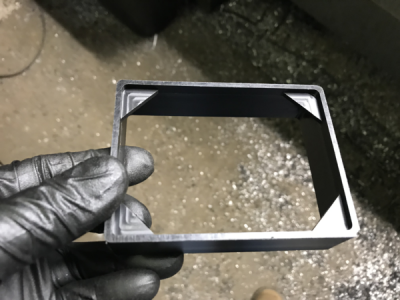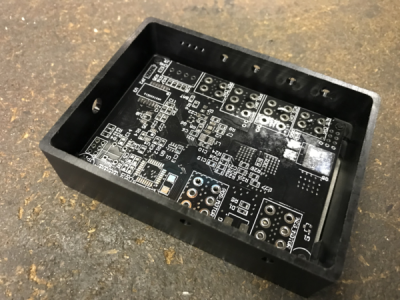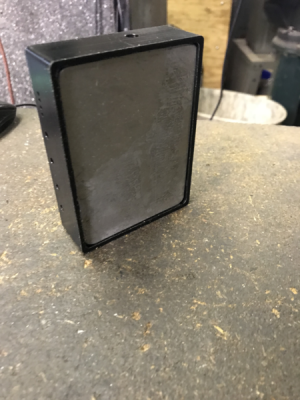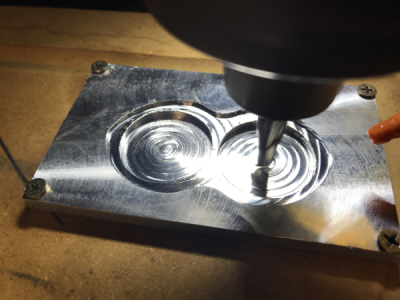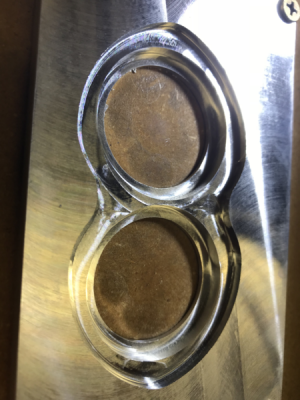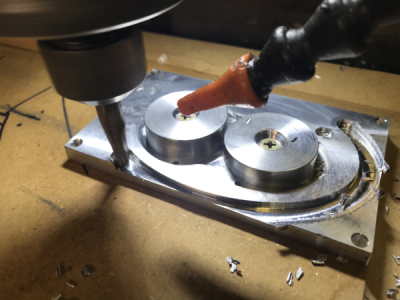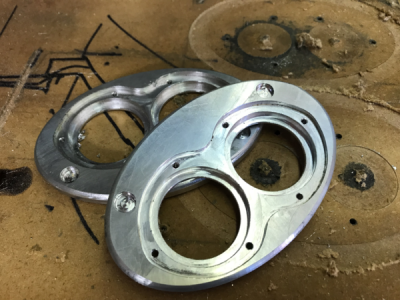If the customer had come to me and asked me to design a box that would be the most difficult and expensive to machine this design would have been it. We'll be doing a design review and cost reduction on the next 100 units. These were built to customer specs, not our design, and customer supplied material. All they do is hold a circuit board. About 3x4x1 inches. The customer showed up on Saturday afternoon and wanted the parts Monday morning.

My son ran these while I was busy doing other stuff.
So start out with a block of Delrin
Rough pocket the center
Then start on the internal features with a 3/16 endmill
These little pins had to be done carefully so they didn't break off, about 0.130 dia.
Another view
Then build a fixture, flip the part over and pocket the bottom
Then profile the outside. The fixture was a tight fit to keep the walls from collapsing while machining.
Top view
View attachment 249159
Bottom view
And it fits
We got them out the door on Tuesday morning. About 9 hours of machining time, and an hour or so of programming and setup. The customer was a bit shocked (OK, more than a bit)

at the price, but we are not going to work for free, especially when we have a lot of other work to do.


